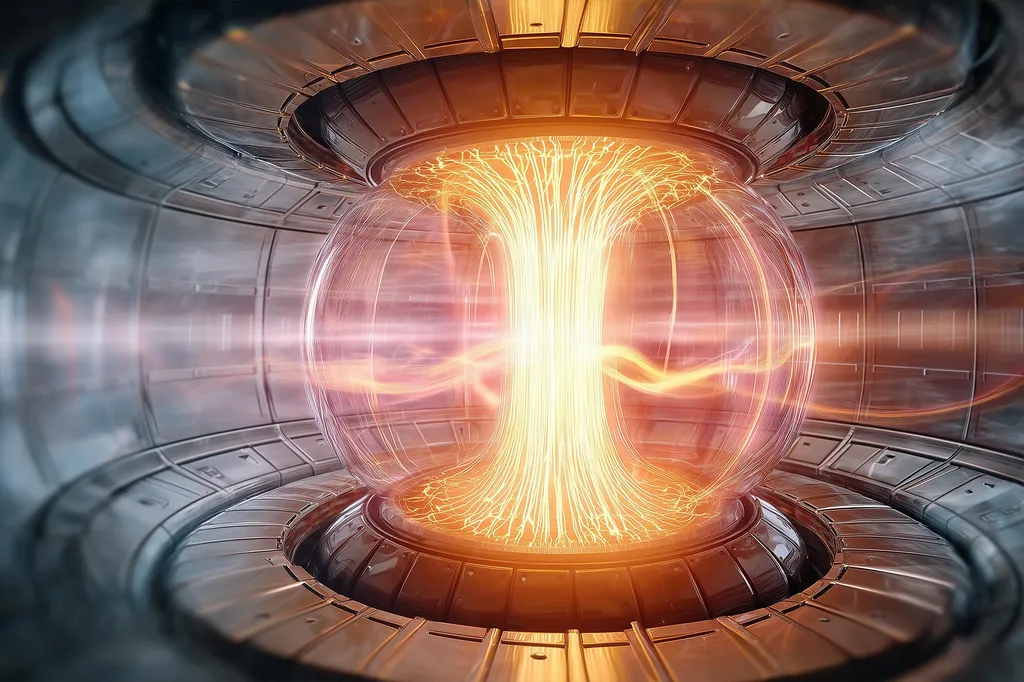In the quest for sustainable and efficient energy, scientists are delving deep into the heart of plasma physics, seeking to unlock the secrets of nuclear fusion. A recent study published in the journal *Nuclear Fusion* (formerly known as *Fusion*) has shed new light on the intricate dance between the radial electric field (E_r) and magnetic shear in stabilizing ion temperature gradient (ITG) modes, a critical factor in achieving stable and efficient fusion reactions. The research, led by Qien Jing from the CAS Key Laboratory of Frontier in Controlled Nuclear Fusion at the University of Science and Technology of China, offers promising insights that could shape the future of fusion energy.
The study focuses on the synergistic effects between the radial electric field and magnetic shear in a specific type of plasma discharge known as an Experimental Advanced Superconducting Tokamak (EAST) discharge. Using advanced gyrokinetic simulations, the researchers investigated how the interplay between these two factors influences the stability of ITG modes, which are a type of plasma instability that can hinder the efficiency of fusion reactions.
“The stabilizing or destabilizing effect of the E_r shear depends on both its magnitude and its directional alignment with the magnetic shear,” explains Qien Jing. “We found that a negative shearing rate exhibits a more efficient stabilizing influence under weakly reversed magnetic shear because both effects tilt the ITG mode structure in the same direction.”
This finding is significant because it highlights the potential for optimizing the radial electric field and magnetic shear to enhance the stability of fusion plasmas. By carefully tuning these parameters, scientists could potentially suppress ITG turbulence, leading to more stable and efficient fusion reactions.
The study also revealed a threshold in the shearing rate beyond which the E_r shear suppresses ITG turbulence. This discovery underscores the importance of understanding the geometric effects of E_r on the stabilization of micro-instabilities. As Qien Jing notes, “The relative position between the bottom of the well-like experimental E_r and the ITG mode is crucial for effectively stabilizing the ITG mode.”
The implications of this research extend beyond the laboratory, with potential impacts on the commercialization of fusion energy. By improving the stability and efficiency of fusion reactions, this work could accelerate the development of practical fusion power plants, offering a clean and virtually limitless source of energy for the future.
As the global energy sector continues to evolve, the insights gained from this study could play a pivotal role in shaping the next generation of fusion technologies. By harnessing the synergistic effects between the radial electric field and magnetic shear, scientists are paving the way for a more sustainable and energy-secure future.

